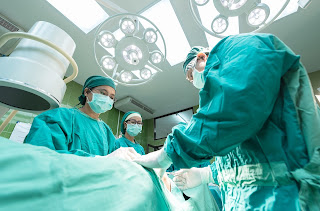“Abstract: Surgical site infections (SSIs) are serious complications of spinal fusion surgery and are often difficult to eradicate due to the formation of bacterial biofilms on the implanted hardware. SSIs affect 1% to 8.5% of patients after spinal surgery, with a 2.1% SSI rate after lumbar spinal fusion surgery. The objective of this study is to aid in the prevention of spinal SSIs by designing an adjunct to spinal hardware that contains a reservoir for the bolus release and extended release of prophylactic antibiotics in order to reduce the consequences of these painful, costly, and life-threatening infections. A clip was designed with a dual wall that includes an inner structural layer of polylactic acid (PLA) to contain vancomycin and an outer composite layer of poly(lactic-co-glycolic acid) (PLGA) and vancomycin. The inner well is ruptured by ultrasound to allow the bolus vancomycin release. An extended release of vancomycin then continues as the material of the clip degrades. The clip was printed using a dual-head three-dimensional (3D) printer to enable two separate types of filament—a coextruded PLGA/vancomycin composite for the outer wall and a medical-grade PLA for structural support. The PLGA/vancomycin material was evaluated for its efficacy against Staphylococcus aureus and its ability to prevent biofilm formation. This material was tested against three control groups, and the processed antibiotic was shown to be as effective as the unprocessed vancomycin solution. To understand the extended-release profile of the material, tests were conducted to study the zones of inhibition of the antibiotic eluted from the clip in PBS over a period of 10 days. This study presents an opportunity for the development of antimicrobial devices in 3D printing and the possibility of different antibiotic and polymer composite materials. Keywords: 3D printing, fused filament fabrication, bioresorbable polymer, surgical site infection, PLGA, Staphylococcus aureus, vancomycin, antimicrobial”

No comments:
Post a Comment